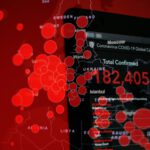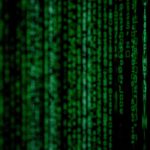
“As we enter the quantum era, post-quantum cryptography is essential to ensure a high level of cybersecurity, fortifying our systems against future threats. The post-quantum cryptography roadmap provides a clear direction to ensure the robust security of our digital infrastructure.”, said Henna Virkkunen, Executive Vice-Präsident for Technological Sovereignty, Security, and Democracy of the EU Commission… Read more »










